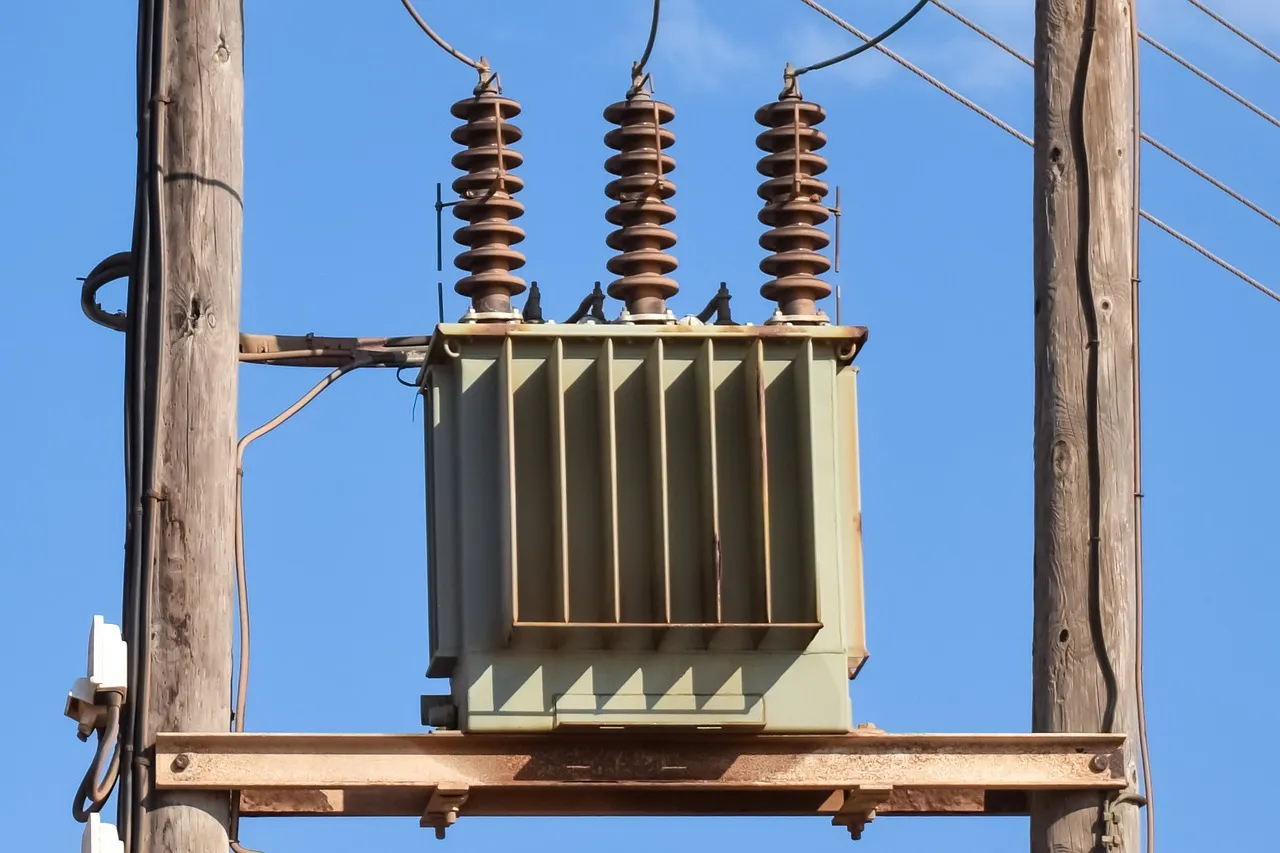Welcome to the official website of Luoyang AISITE Transformer Co., LTD
Choose the Right Transformer Capacity:A 1600 kVA Example
Release time:
Jan 20,2025
Source:
When buying a transformer, the capacity selection of the transformer is often a problem, so how to choose the appropriate transformer capacity?This article will tell you how to choose.

Why Transformer Capacity Matters
Transformer capacity, measured in kilovolt-amperes (kVA) or megavolt-amperes (MVA), defines the amount of electrical power a transformer can handle. Choosing the correct capacity is essential to:
Prevent overloading and potential system failures.
Optimize energy efficiency and minimize operational costs.
Ensure scalability for future power needs.
Understanding the 1600 kVA Transformer
A 1600 kVA transformer is a medium-capacity unit widely used in industrial, commercial, and utility applications. It provides a practical example for understanding how to match capacity with specific power requirements. Key features include:
Sufficient Power Output:Suitable for medium to large-scale operations.
Flexibility:Adaptable to various voltage configurations.
Durability:Engineered for long-term performance under different environmental conditions.
Steps to Select the Right Transformer Capacity
Assess Your Load Requirements
Begin by calculating the total power demand of your application. This includes:
Peak Load:The maximum power usage at any given time.
Diversity Factor:Adjusting for simultaneous usage of different loads.
For example, if your facility requires 1400 kVA during peak times, a 1600 kVA transformer offers a safe margin to handle unexpected surges.
Consider Future Expansion
Plan for growth in your power needs. A transformer with slightly higher capacity, such as 1600 kVA, allows room for additional equipment or increased demand over time.
Evaluate Environmental Conditions
Take into account the installation environment:
Temperature:High ambient temperatures may reduce efficiency.
Cooling System:Options include oil-immersed or air-cooled systems.
Space Constraints:Ensure sufficient room for installation and maintenance.
Match Voltage Requirements
Verify that the transformer’s primary and secondary voltage ratings align with your system’s specifications. For instance, a 1600 kVA transformer can be configured to step down high-voltage input to usable levels.
Consult Industry Standards
Adhere to relevant standards and regulations to ensure safety and compliance. Seek advice from professionals or manufacturers if needed.

Advantages of a 1600 kVA Transformer
Using a 1600 kVA transformer as an example, here are the benefits of selecting the right capacity:
Improved Efficiency:Reduces energy losses and operational costs.
Enhanced Reliability:Prevents overloading and ensures consistent power delivery.
Scalability:Supports future expansion without immediate upgrades.
Cost-Effectiveness:Balances initial investment with long-term savings.
Real-World Applications of 1600 kVA Transformers
A 1600 kVA transformer is commonly used in:
Industrial Facilities:To power machinery and equipment.
Commercial Complexes:To support large-scale electrical systems.
Renewable Energy Systems:To integrate power from solar or wind farms.
Utility Networks:To distribute electricity in urban and rural areas.
Conclusion
Selecting the right transformer capacity is a critical step in designing or upgrading your electrical system. By understanding the factors that influence capacity and considering a practical example like a 1600 kVA transformer, you can ensure reliable performance and long-term efficiency. Whether for industrial, commercial, or utility applications, the right transformer capacity makes all the difference.
keyword:
RELATED NEWS


